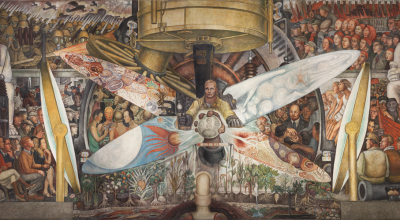
POOR PEOPLE’S ART: A (SHORT) VISUAL HISTORY OF POVERTY IN THE UNITED STATES
The USF Contemporary Art Museum, part of the Institute for Research in Art in the USF College of The Arts, presents Poor People’s Art: A (Short) Visual History of Poverty in the United States, an exhibition that shows how artists in the US have visualized poverty and its myriad knock-on effects since 1968.
Dr. Martin Luther King Jr. is well known for his “I Have a Dream” speech, yet much less emphasis is placed on his campaign to seek justice for America’s poor, “The Poor People’s Campaign.” This was a multicultural, multi-faith, multi-racial movement aimed at uniting poor people and their allies to demand an end to poverty and inequality.
Fifty-three years after Dr. King’s death, the Reverend William Barber II launched a contemporary push to fulfill MLK’s ambitious brief — one that calls for a “revolution of values” that unites poor and impacted communities across the country.
The exhibition Poor People’s Art: A (Short) Visual History of Poverty in the United States represents a visual response to Dr. King’s “last great dream” as well as Reverend Barber’s recent “National Call for Moral Revival.”
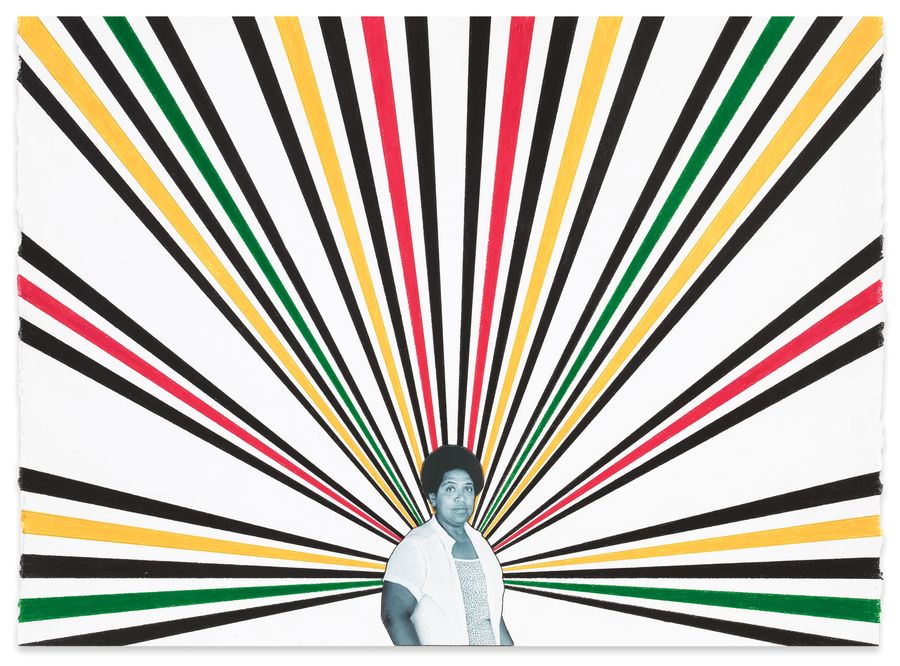
TOWARD A VISUAL RESPONSE TO POVERTY
By Christian Viveros-Fauné | Curator
We have moved into an era where we are called upon to raise certain basic questions about the whole society. We are still called upon to give aid to the beggar who finds himself in misery and agony on life’s highway. But one day, we must ask the question of whether an edifice that produces beggars must not be restructured and refurbished. That is where we are now.
—Martin Luther King Jr.
Anyone who has ever struggled with poverty knows how extremely expensive it is to be poor.
—James Baldwin
It doesn’t make much sense, Stevie Wonder wrote in 1979 after the defeat of the first bill that would have made MLK Day a federal holiday, that anyone would take offense at celebrating Martin Luther King Jr.’s birthday. Yet King’s legacy is still very much in dispute as we approach the 37th official observance of the anniversary of his birth. Forty-four years after Wonder penned the hugely popular ditty “Happy Birthday,” much of the polarizing rhetoric that characterized America’s most entrenched inequities in the 1960s and ’70s has returned. Today it adds renewed vibrancy to Wonder’s astonished lyrics: “I just never understood/How a man who died for good/ could not have a day that would/Be set aside for his recognition.” (After significant pressure from figures like Wonder, Martin Luther King Jr. Day was declared a federal holiday in 1983; by the year 2000 all fifty states had approved it as a government holiday.)
On the third Monday of January of this year, King will once again be remembered; so will his transformative legacy, though popular awareness of the civil rights leader’s final project remains woefully sparse. If the past few years have constituted a slew of diamond anniversaries—2013, 2014, and 2015 brought commemorations of the triumphs of the March on Washington, the Civil Rights Act, and the Voting Rights Act—the yearly observance of MLK’s 1968 assassination, according to writer Jelani Cobb, perennially dampens “the hopes of a signal phase of the civil-rights struggle.” Yet King’s boldest and least realized gamble still beckons like a lighthouse. This is the 1964 Nobel Peace Prize winner’s most radical proposal: the Poor People’s Campaign, a profoundly galvanizing intersectional movement fused together during MLK’s last months to demand federal funding for full employment, guaranteed annual income, anti-poverty programs, and housing for the poor.
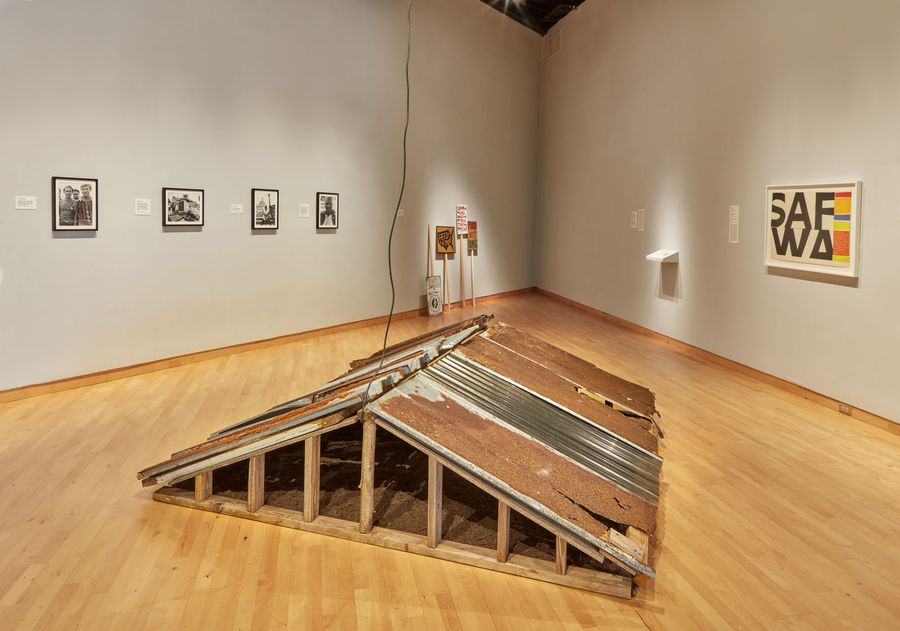
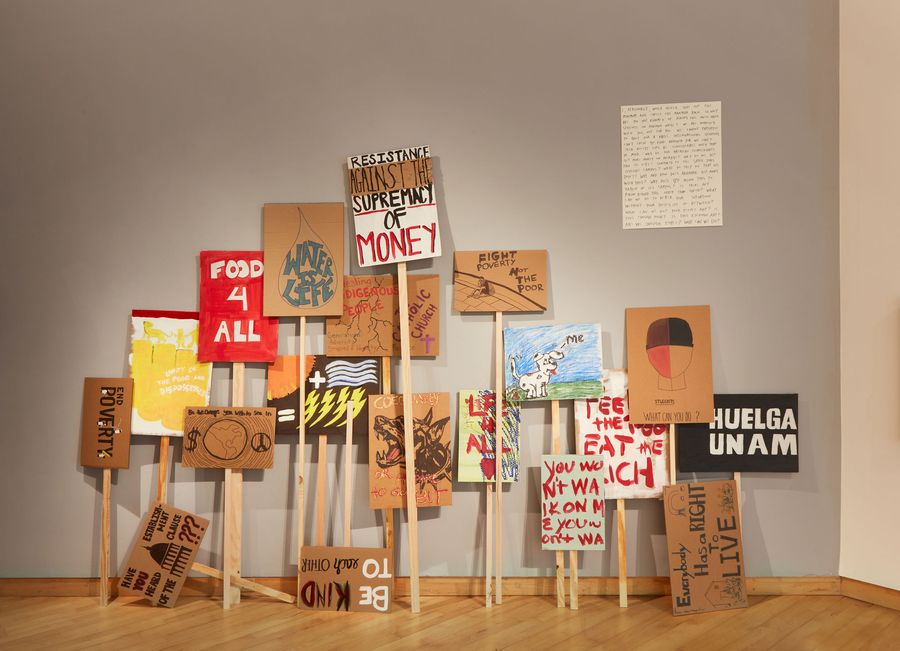
King is well known for his “I Have a Dream” speech, but much less emphasis is placed on his efforts to seek legislative redress at a national and systemic level for America’s poor. The Poor People’s Campaign, as developed by King’s Southern Leadership Conference, was a multi-cultural, multi-faith, multi-racial movement aimed at uniting poor people and their allies to demand an end to poverty and inequality. Organized months before his murder on April 4, 1968, this last campaign mobilized people from around the country to travel to Washington, D.C. to demand economic justice. Once at the nation’s capital, tens of thousands of the country’s poor and their allies—in King’s words “a nonviolent army” forming a “freedom church of the poor”—marched and occupied the city to call for nothing less than a “radical redistribution of economic power.”
Led, in King’s absence, by the Reverend Ralph Abernathy and his widow, Coretta Scott King, the Poor People’s Campaign brought together civil rights leaders from across the country. These included more than 53 organizations representing Native American, Mexican American, Puerto Rican, Asian, as well as Black and white communities. On arrival at the National Mall in May, King’s campaigners disembarked from chartered buses and occupied the grounds close to the Lincoln Memorial, baptizing their tent encampment “Resurrection City.” The movement’s centerpiece leaned heavily on the symbolism of poverty: a mule-cart procession of 15 covered wagons carried demonstrators from Marks, Mississippi, the poorest town in the poorest county of the poorest state in the country to the nation’s capital. Weeks later, on June 19, more than 50,000 people—among them, artists, writers, photographers, and other culture workers— marched for economic justice in the last nonviolent mass demonstration of the 1960s.
Fifty-three years after King’s death, the Reverend William Barber II and his close collaborator, the Reverend Liz Theoharis, launched a second epic push to fulfill MLK’s ambitious brief—one that calls for a “revolution of values” uniting poor and middle-class communities across the country. Also christened the Poor People’s Campaign, America’s current anti-poverty movement is energized by what its supporters term “A National Call for Moral Revival.” The new campaign’s demands include equity in education, federal and state living wage laws, an end to mass incarceration, a single-payer healthcare system, and the protection of the right to vote. Launched at a time when the reality of economic inequality is newly resurgent—a recent audit estimates the U.S. is home to 140 million poor or low-income people, more than a third of the country’s population—the Poor People’s Campaign 2.0 has put the administration of President Joseph Biden on notice and galvanized millions. The project’s ultimate goal: to “lift the voices and faces of poor and low-income Americans and their moral allies” and to create “a mass poor people’s movement.”
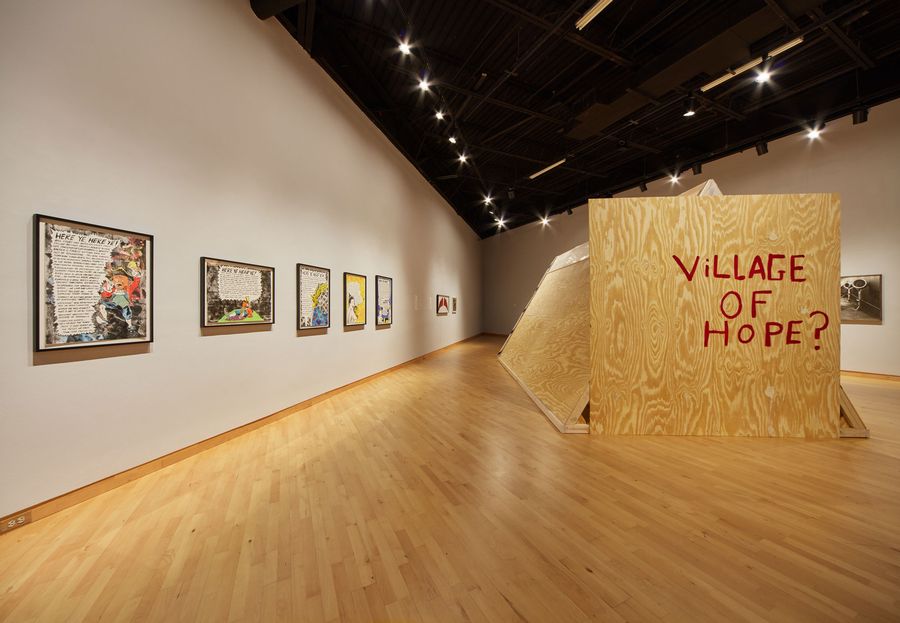

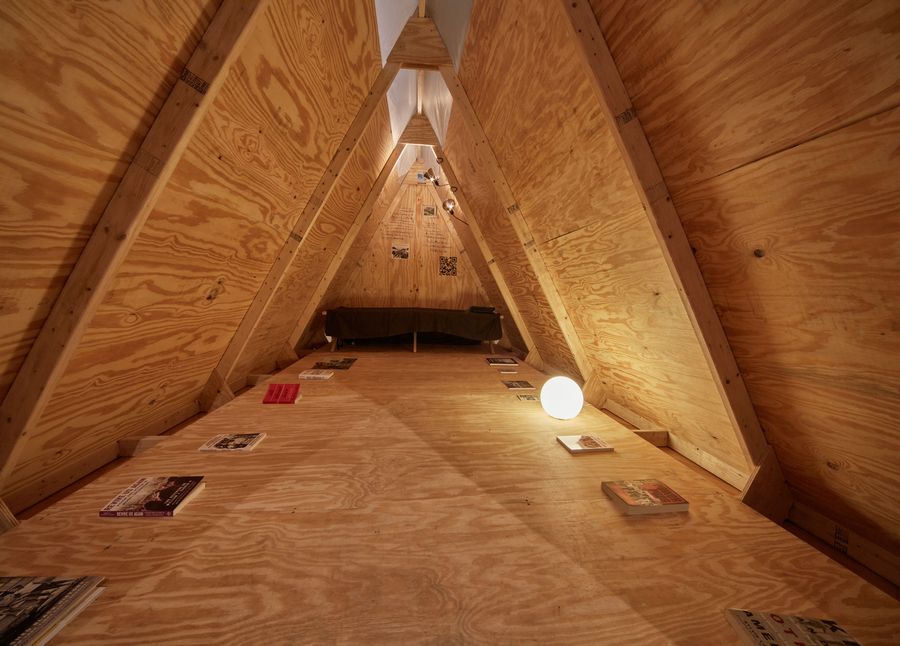
The exhibition Poor People’s Art: A (Short) Visual History of Poverty in the United States represents a visual response to King’s “last great dream” as well as Barber and Theoharis’ current “National Call for Moral Revival.” It aims to make visible select visions of poverty by an eclectic and ecumenical group of artists whose interests and origin stories traverse race, ethnicity, religion, income, and social circumstance. Not professing to be in any way exhaustive or definitive, Poor People’s Art delivers a partial, open-ended, and necessarily circumstantial portrait of how artists in the U.S. have treated the subject of poverty as defined by the United Nations: a brutal reality that manifests as “a denial of choices and opportunities” and which includes “insecurity, powerlessness, and exclusion of individuals, households and communities,” as well as a basic incapacity “to participate effectively in society.”
With artworks spanning more than 50 years, the exhibition is divided into two parts: Resurrection (1968-1994) and Revival (1995-2022). Resurrection includes photographs, paintings, prints, sculptures, books, and ephemera made by a radically inclusive company of American artists—from Jill Freedman’s documentary photographs of Resurrection City, the tent enclave that King’s followers erected on the National Mall in 1968, to John Ahearn’s participative plaster cast sculpture Luis Fuentes, South Bronx (1979). The exhibition’s second part, Revival, offers contemporary engagement across a range of approaches, materials, and points of view—consider, for instance, Rodrigo Valenzuela’s video The Unwaged (2018) and Rico Gatson’s 2021 collaged portrait of Black poet Audre Lorde—that highlight more recent conceptual and aesthetic approaches to understanding the all-consuming condition of being poor and disadvantaged in America.

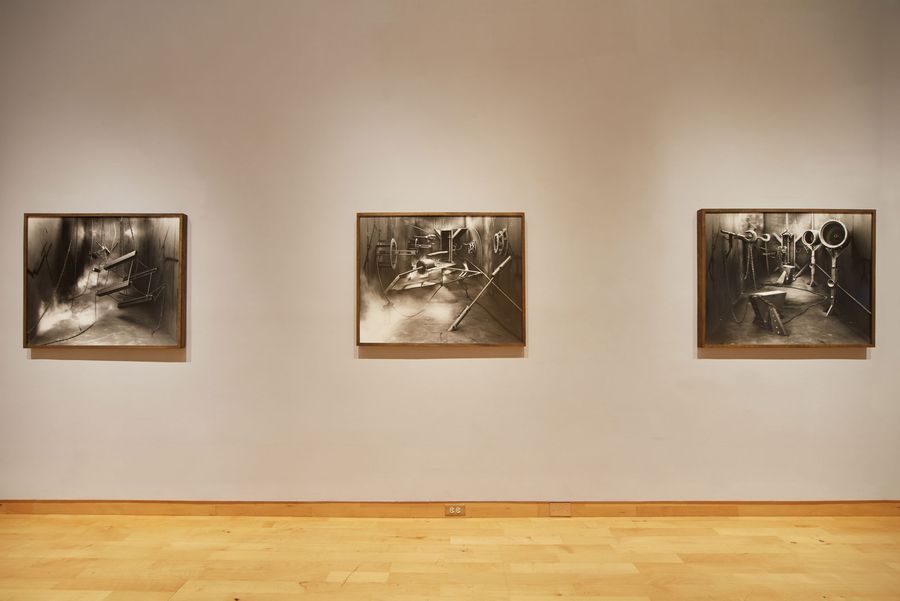
Conceived, in the spirit of King’s and Barber’s movements, in declared opposition to poverty, racism, militarism, environmental destruction, health inequities, and other interlocking injustices, the exhibition presents just some of the ways in which artists in the U.S. have visualized poverty and its myriad knock-on effects since 1968. Individually, its participating artists—John Ahearn, Nina Berman, Martha De la Cruz, Jill Freedman, Rico Gatson, Mark Thomas Gibson, Corita Kent, Jacob Lawrence, Jason Lazarus, Miguel Luciano, Hiram Maristany, Narsiso Martinez, Adrian Piper, Robert Rauschenberg, Rodrigo Valenzuela, William Villalongo & Shraddha Ramani, and Marie Watt—endeavor to relay largely untold stories and experiences from the underside of American history. Together, their discrete artworks supercharge conversations around the subject of poverty, creating a communal colloquy that is, at once, existentially pressing, and also necessary from the point of view of the health of American democracy.
This exhibition is the product of multiple discussions and conversations with participating artists, friends, museum colleagues—especially Leslie Elsasser and Mark Fredricks, the last of whom authored an inspired playlist for the exhibition—and several dozen students in the Master of Fine Arts and Art History programs at the University of South Florida. A number of these students participated in a 2022 course called “Poor People’s Art,” for which they were charged with suggesting lists of possible artists and artworks for the exhibition. Despite the differences between the show we developed in that class and this one, I want to thank them for their outstanding efforts. Ditto for the student volunteers who participated in the museum’s “Placard Making Workshop.” Their ideas and involvement were invaluable in organizing Poor People’s Art. If art-making often involves uncovering the unseen, then they—along with the rest of the exhibition’s generous collaborators—have helped expose just some of the difficulties and much of the dignity involved with being poor in America.
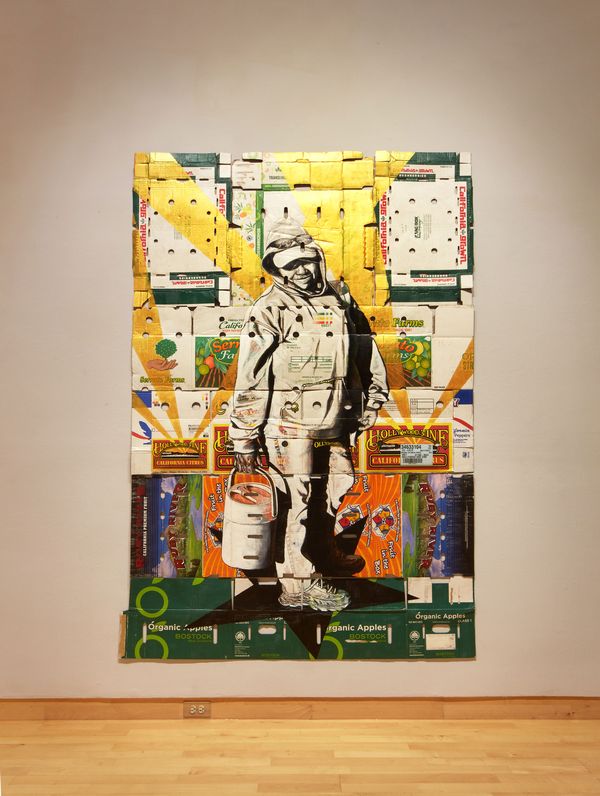
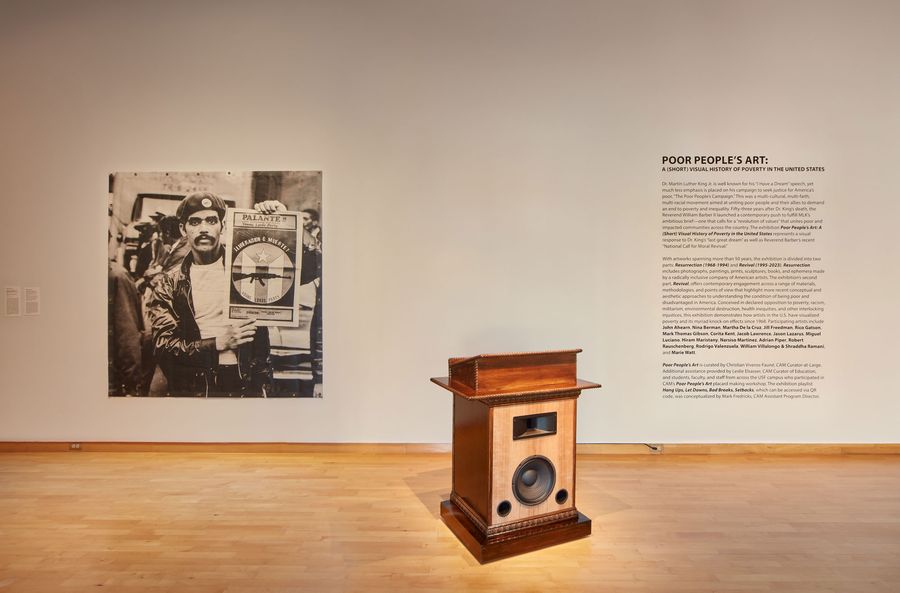
Miguel Luciano
Left: Vinyl banner from the public art project Mapping Resistance: The Young Lords in El Barrio (2019). Image: Young Lords Member with Pa’lante Newspaper (1970) by Hiram Maristany, 86 x 84 in.
Right: The People’s Pulpit, 2022, vintage pulpit from The First Spanish United Methodist Church (The People’s Church), East Harlem, speakers, microphone. Audio: Puerto Rican Obituary (1969) by Pedro Pietri, courtesy of The Estate of Pedro Pietri, and Third World Newsreel from the documentary El Pueblo Se Levanta (1971). All rights reserved. 47 x 37 x 24 in.
Photo: Will Lytch

POOR PEOPLE’S ART: A (SHORT) VISUAL HISTORY OF POVERTY IN THE UNITED STATES
USF Contemporary Art Museum, 4202 E. Fowler Ave. CAM101, Tampa, FL
January 13 – March 4, 2023
También te puede interesar
9ª BIENAL DE MERCOSUR: SI EL TIEMPO LO PERMITE
A través de un complejo ejercicio curatorial, la 9a Bienal de Mercosur apuntó a desentrañar uno de los asuntos más contingentes en la sociedad actual, manifiesto en la práctica de muchos artistas del pasado y del...
TORMENTA CONSTANTE: ARTE DE PUERTO RICO Y LA DIÁSPORA
Esta muestra reúne obras recientes de artistas contemporáneos que trabajan dentro y fuera del archipiélago. Incluye dibujo, pintura, escultura, fotografía, video, instalación y obras socialmente comprometidas. La bisagra sobre la cual gira esta exposición...
Rehacer el Canon Estadounidense
"Vida americana: Los muralistas mexicanos rehacen el arte estadounidense, 1925-1945", exposición que abre al público el 17 de febrero en el Whitney Museum of American Art, en Nueva York, reescribe la historia canónica del...

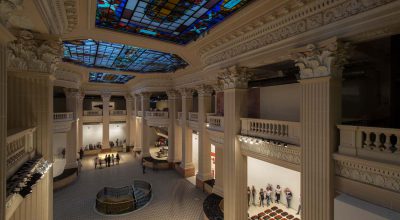
![Vista de la exposición Constant Storm [Tormenta Constante] en el USF Contemporary Art Museum. De izq a der: Miguel Luciano y Angel Otero. Foto: Will Lytch](https://artishockrevista.com/wp-content/uploads/2021/10/CAM-4787-400x220.jpg)
